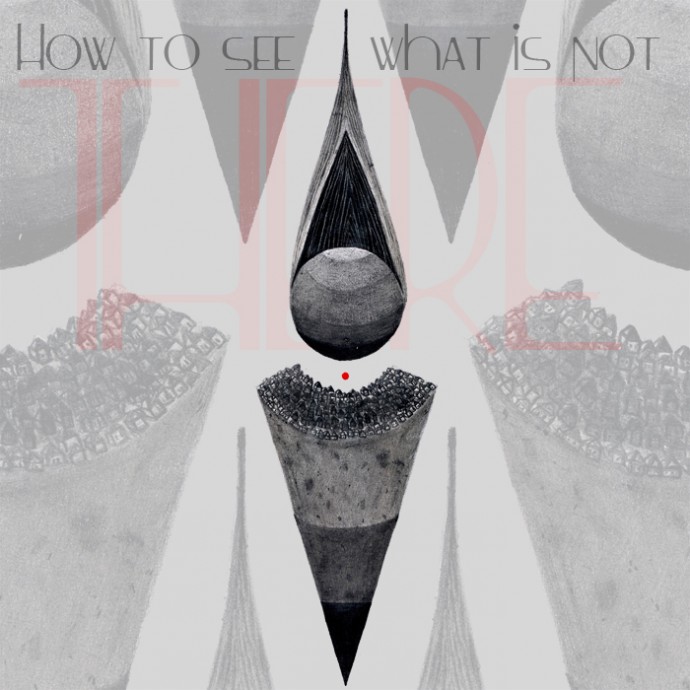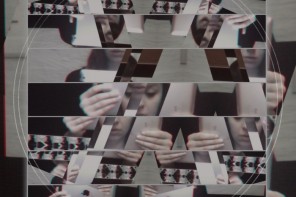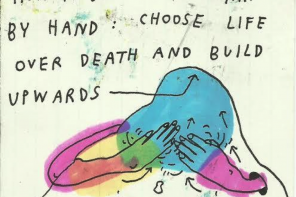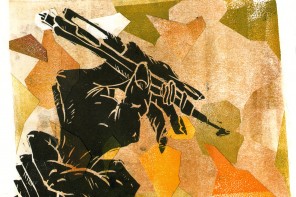Our perceptual experiences are shaped by what we encounter in the world. If we want to visually experience the heights of Mount Fuji, for example, or the depths of the Grand Canyon, we must put ourselves in their presence. Perceptual experiences, in other words, seem to be positively determined: what is present out there in front of our eyes determines what we see. We have, however, the power to resist this determinacy. By focusing on elements that are absent from the perceived scene, we allow these absences to permeate our experience and infuse it with a new meaning. We come to see, quite literally, what isn’t there. This essay will tell the story of how FIFA managed to hide oppression and social exclusion behind a football match, and how we can make these problems visible again through our own cognitive means.
On June 22nd, 2013, the Brazilian football team played against Italy in Salvador, Brazil. The match was part of the Confederations Cup, a FIFA-sponsored event marked by a high number of protests against the exorbitant amount of money spent on modern stadiums to the detriment of education and health. This match in particular was marked by a striking contrast between the outside of the stadium—where the Brazilian police was brutally oppressing protesters with tear gas and rubber bullets—and the inside, where a big crowd of Brazilian supporters were cheering on their team, who ended up beating Italy 4-2 thanks to a beautiful goal by football star Neymar.
I remember watching the match on TV, and as soon as the ball hit the back of the net, the camera shifted to the stands in order to show people celebrating the goal. Brazilians, as we all know, are very passionate about football, and this is something these images clearly conveyed: people jumped, hugged one another, got down on their knees, frantically shouted the name of their rising football star. Indeed, to a naïve observer, this is how an experience of these images would be described: an experience of football supporters happily celebrating a goal of their favorite team.
This is not, however, how I would describe my experience of these images. Rather than seeing football supporters in ecstasy, what I saw in these images was oppression and social exclusion. A visual experience that stirred up revolt, disgust, and an immediate desire for change, exactly the kind of experience that would prompt one to protest vehemently against the presence of FIFA in our country (as many Brazilians are now doing). What I saw had little to do with celebration and joy.
But at this point the reader might be confused. Sure, we may agree that the World Cup brought many negative social effects to Brazil, as large amounts of money were spent on state-of-the-art stadiums (some of which will inevitably fall into disuse after the Cup) as opposed to health, education, or infrastructure. But even keeping this fact in mind, it is quite another thing to say that by seeing images of people celebrating a goal one can visually experience oppression and social exclusion. How can this be?
To see how, we must bring to mind a striking aspect of these images, which may partly explain the character of the aforementioned experience. Although Salvador is the city with the highest black population in the country, no blacks can be seen among the supporters celebrating the goal. The crowd is exclusively white, something that is clearly out of place in a city like Salvador, and just confirms the fact that the stadium serves only the rich white people of Bahia. After all, admission to the stadium can cost up to 400,00 reais, while the minimum wage in Brazil is just above 600,00 reais. This automatically excludes a huge chunk of the population from the event in question.
Therefore, what gives rise to the experience of oppression and social exclusion is not so much the presence of the white supporters caught by the camera, but the absence of non-whites in the stadium. In other words, in order to experience FIFA’s oppression we must first learn to see what is not there; to make the absent and the socially excluded present in experience through our own cognitive and intellectual means.
But to perceive absences in the world is not something that comes naturally to us. It must involve a conscious effort to bring the absent thing to mind, and let it permeate experience. For example, the house where I grew up in Brazil was recently torn down to give way for a fancy hotel building in preparation for the World Cup. To most observers who are unaware of this fact, and who do not feel emotionally attached to my old house, a perceptual experience of the hotel building would be just what it seems to be: an experience of a modern skyscraper, like many others around the world. But when I consciously bring the absence of my old house to bear in my experience, I have the power to effectively change my current perception, and give it a new meaning. It is now an experience of oppression, violence and greed, felt through the perceived absence of what should have been there.
This can be done by consciously changing the focus of attention. Just as we can change the character of our experience by focusing on different visible elements of the scene—now we see the happy face of supporters celebrating the goal, now Brazilian flags being raised in the air—we can do the same thing by focusing on elements that are absent from the scene. By focusing on the absence of blacks from the stands of a football stadium in Salvador, for example, we can change the way in which we experience live images of the stadium, and come to see it as an instance of oppression.
Now, at first the idea of attending to something absent might seem strange, but there is nothing particularly mysterious about it. Think, for example, of an art critic who tells us to pay attention to the absence of lines in a particular painting, which marks it as a certain artistic style. Here it is, an absent element that structures our experience of the painting, and (at least in part) makes it the experience that it is. This is the sense in which absences also serve to orient and guide our attention to certain aspects of the scene, making them salient in experience.
And this cognitive ability of ours holds the potential for a new kind of political activism. One that is focused not only on stating facts about the world, but on turning them into concrete elements of our lived experience in the world; things we can perceive and attend to, feel and act upon. But as many facts are only manifest in experience on the basis of absences, to feel their presence in the world we must make them manifest by our own means. We need to consciously bring them to mind, letting them permeate experience and infuse it with a new meaning.
And just as the art critic, on the basis of lived practice and theoretical knowledge, may come to recognize a certain artistic style by the absence of lines in a painting, we can also learn to recognize oppression and social exclusion on the basis of perceived absences. Be it the absence of blacks in a stadium, the absence of trees in a forest, or the absence of women in leadership positions, oppression is often manifested only on the basis of absences. And that is why, if we want to change it, we must first learn how to see it.







